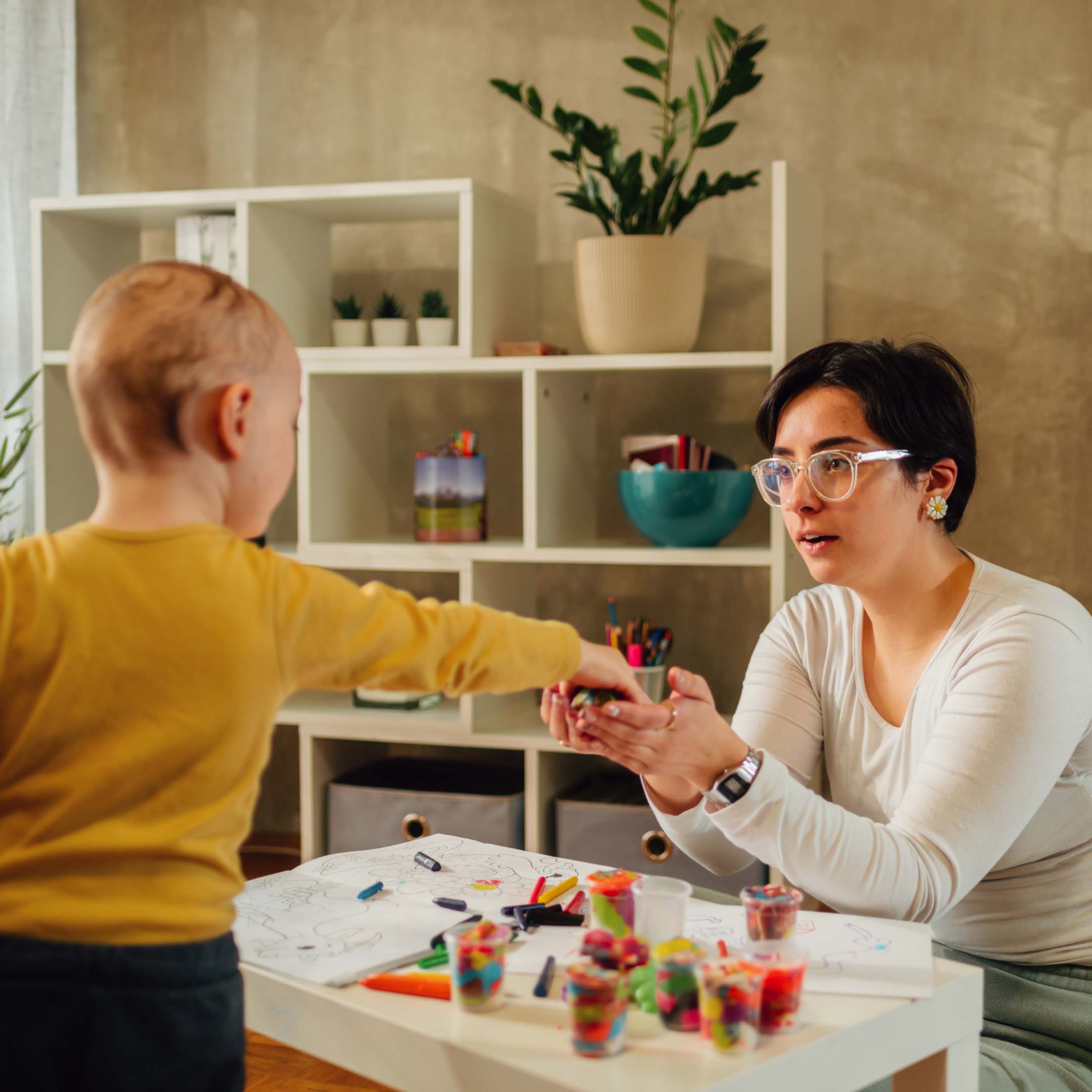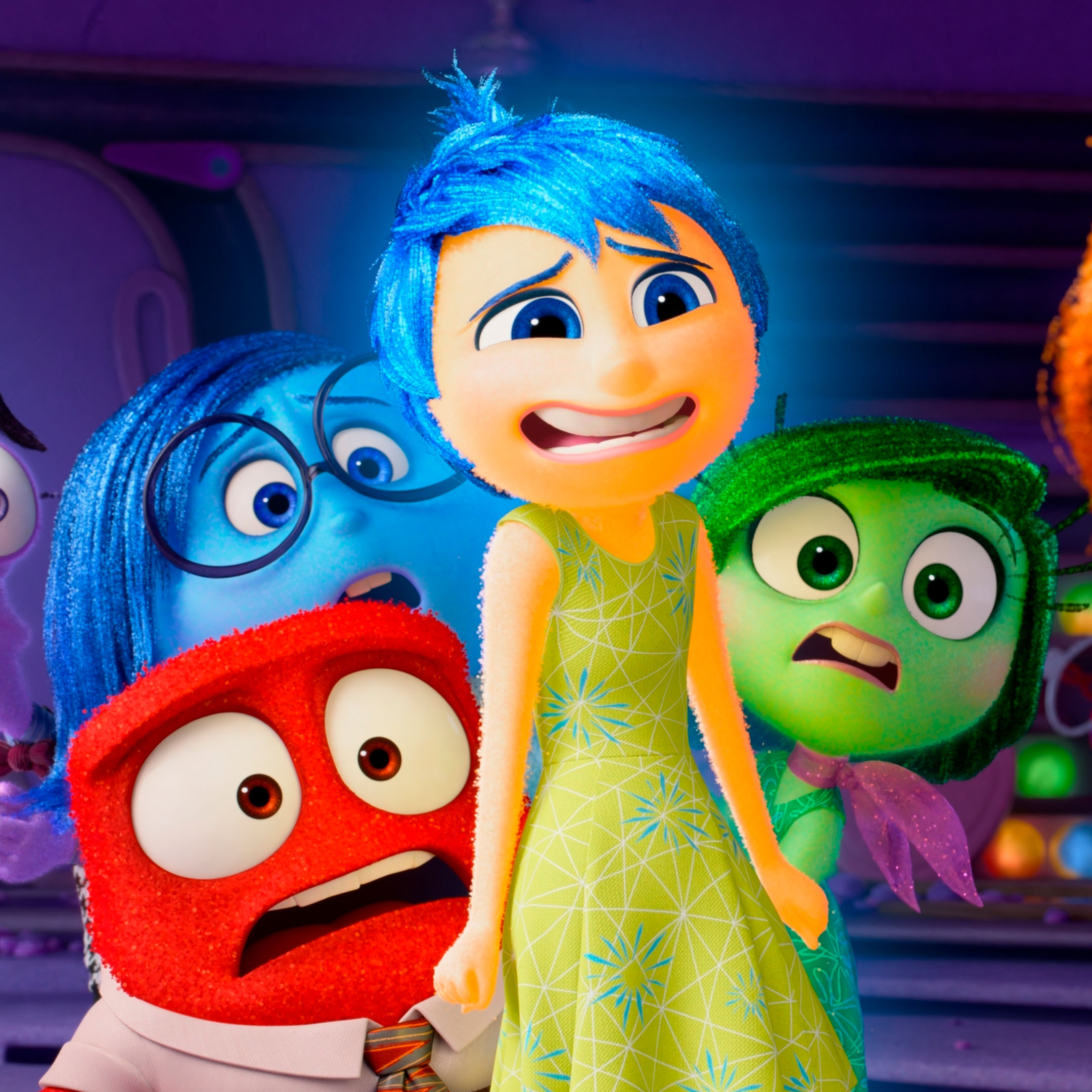What is Child Therapy? A Guide for Parents
In today’s fast-paced world, children are often overwhelmed by the high demands of school, busy schedules, and the pressure to meet societal expectations. This can lead to disruptive behaviors, emotional dysregulation, and difficulties in coping with everyday challenges. While it’s essential to understand the struggles a child may be facing, effective therapy also considers the environment they are in. Sometimes, the key to supporting a child’s well-being isn’t just about addressing their behaviors—it’s about adapting their surroundings to better meet their developmental needs, creating a space where they feel safe, supported, and able to thrive.
Mental health clinics recognize the importance of meeting every individual where they are, including their developmental journey. Just as we support adults in their mental well-being, children also deserve a safe space to process their emotions and challenges. When we fail to provide children with the opportunity to work on their emotional well-being, we unintentionally send the message that their struggles are not as important as those of adults. This can lead to feelings of invalidation and discourage them from seeking help in the future.

One of the most significant positive changes we are witnessing today is the normalization of therapy and mental health care from an early age. More than ever, we are embracing the idea that emotional well-being is just as crucial as physical health. By encouraging children to express their feelings, seek support, and develop coping strategies, we are fostering a generation that understands the value of self-care, emotional intelligence, and resilience. This shift not only benefits children in the present but also equips them with lifelong tools for mental and emotional well-being.
As parents, we want the best for our children, including their emotional and mental well-being. However, it can sometimes be challenging to know when to seek professional support or even to understand what child therapy entails. This guide will help you navigate the essentials of child psychology, when to seek therapy, and how it can benefit your child and you as a family.
What Is Child Psychology?
Child psychology focuses on understanding, observing, and guiding children to develop lifelong emotional and mental skills. It brings awareness to the early years of a child’s life, educating parents and other adults about developmental stages—what is expected and what is not—and providing insights into how to best support their child.
Therapy at an early age promotes positive mental health through mutual respect, deep relationship-building, and playful therapeutic exploration. It involves listening to children, helping them express their emotions, and equipping them with tools to navigate life’s challenges. The goal is to ensure that children grow up feeling understood, supported, and confident in themselves.
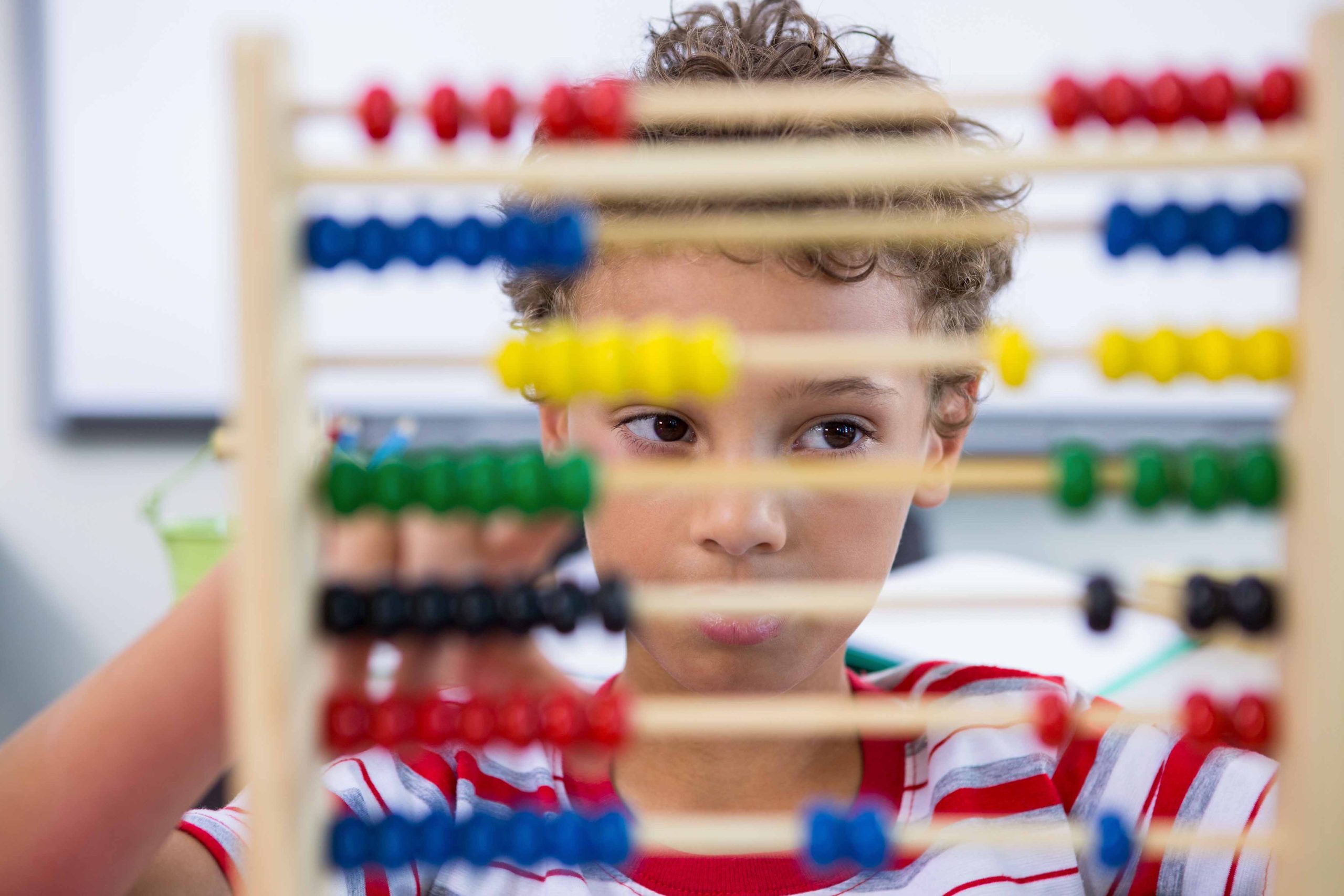
When Should I Take My Child to Therapy?
Just like adults, every child is unique, and so are their struggles. Therapy can be beneficial for pretty much any child, especially if they are experiencing:
- Difficulties at school or home, such as academic struggles, changes in behavior, or social challenges. This includes
- Challenges in expressing their emotions or understanding their own feelings.
- Struggles with parenting techniques—if you feel unsure about how to best support them, therapy can provide guidance.
- A desire to understand themselves better and develop coping strategies for life’s ups and downs.
Seeking therapy does not mean something is “wrong” with your child. Rather, it is a proactive step toward helping them build resilience and emotional intelligence.
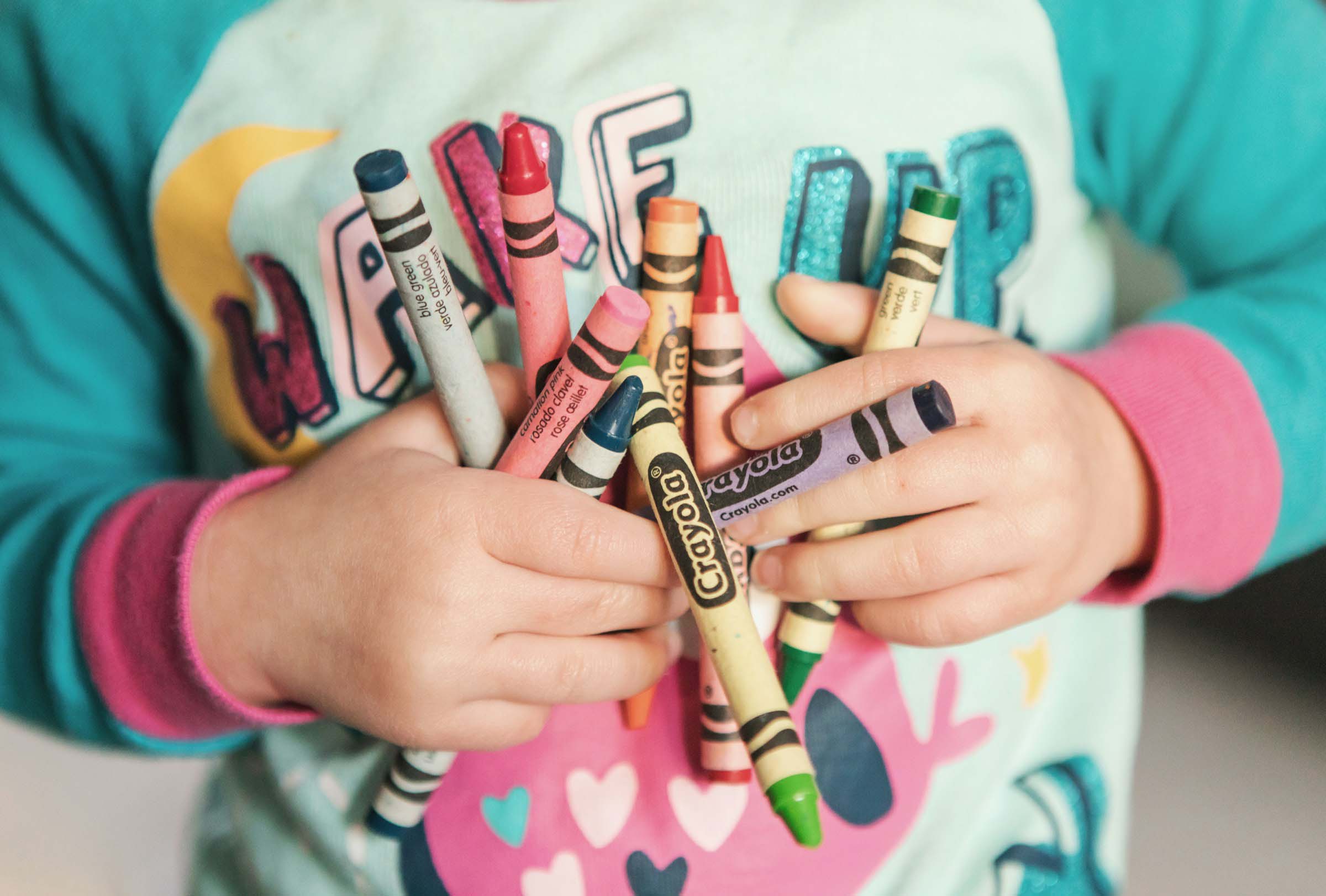
At What Age Can Children Start Therapy?
Parents often wonder when it’s appropriate to seek therapy for their child. The truth is, there is no set age—mental health support can be beneficial at any stage of development. Children as young as toddlers can benefit from therapy, especially if they are experiencing difficulties with emotional regulation, behavior, or attachment. Play therapy, for example, is designed specifically for young children, using toys and creative expression to help them process their emotions in a way that feels natural to them.
For preschool and school-aged children, therapy can help navigate changes such as starting school, family transitions, anxiety, or difficulties with social interactions. Adolescents, who often face increased academic and social pressures, can use therapy as a space to develop emotional resilience, self-awareness, and coping skills.
What Can Therapy Help With?
In short—everything! Child therapy can support children in various aspects of their development, including:
- Emotional regulation and expression.
- Social skills and friendships.
- Anxiety, stress, and mood-related challenges.
- Family dynamics and communication.
- Building confidence, resilience, and self-awareness.
Children today are growing up in a world that moves too fast for their natural pace of development. The pressure to keep up with academic expectations, social demands, and structured activities often leaves little room for the unstructured play and downtime that are essential for emotional regulation and self-discovery. We expect them to manage stress and adapt to challenges at a much younger age than ever before, even though their brains and emotions are still developing. This overwhelming pace can lead to frustration, anxiety, and behavioral difficulties—not because children are incapable, but because their environment isn’t aligned with their needs.
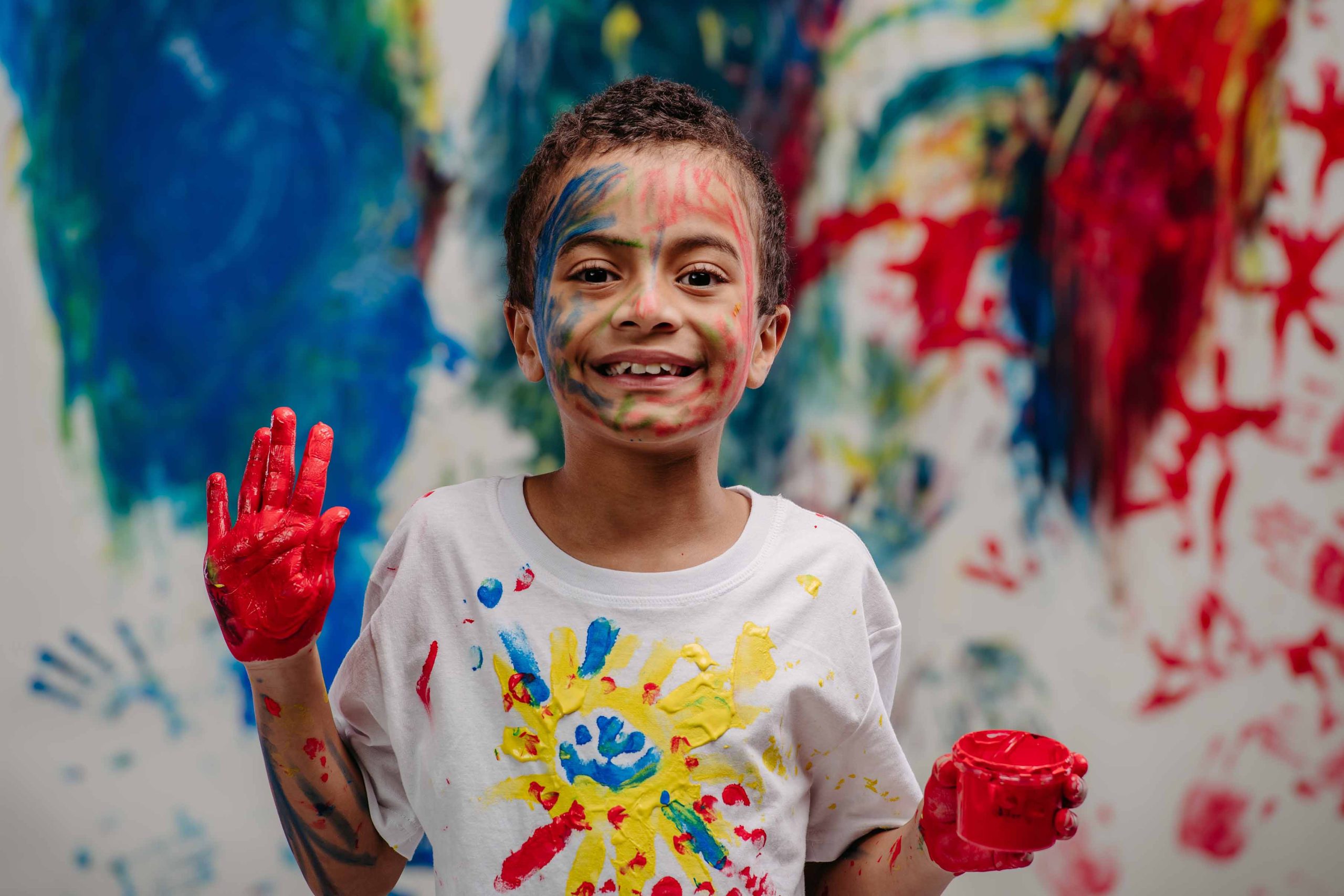
Why Today’s Lifestyle is Not Adjusted to Children’s Needs:
- The world is moving too fast – Children need time to process and grow at their own pace, but modern life pushes them to keep up with adult-like expectations.
- We expect them to cope too early – Emotional resilience takes time to develop, yet we demand that children manage stress and challenges far sooner than previous generations.
- Overwhelm from a fast-paced world – Constant stimulation, digital distractions, and busy schedules leave little space for emotional regulation.
- Less free time to play and feel bored – Unstructured play and moments of boredom are crucial for creativity, self-regulation, and problem-solving, yet children have less time for these experiences.
- Disconnection from self-knowledge – With little time to pause and reflect, children struggle to develop self-awareness and emotional intelligence, making it harder for them to navigate their feelings and relationships.
How Does Child Therapy Work?
Therapy for children is typically play-based and adapted to each child’s individual needs. Play is a natural way for children to express themselves, so therapy incorporates creative methods such as storytelling, art, sandplay, and imaginative play.
A strong relationship between the therapist and the child is crucial. Therapy creates a comfortable, cozy, and safe space where children feel at ease. Through trust and safe attachment, children learn to rely on their own resilience and capabilities. A holistic approach is taken, ensuring that the child’s emotional, social, and developmental needs are met in a supportive and understanding way.

Child therapy is not just for children facing major challenges—it is a valuable resource for any child to develop emotional intelligence, confidence, and self-awareness. If you have concerns about your child’s well-being or simply want to support their growth, seeking therapy can be a positive and proactive step. A child therapist provides a warm and understanding environment, helping children become their best and most authentic selves.
If you’re considering therapy for your child, remember: it’s not about fixing problems, but about fostering growth, understanding, and lifelong emotional well-being.
About the author
Noa Zelman is a licensed child development psychologist with over 10 years of experience helping families navigate the complexities of emotional development. She is a dedicated child psychologist who believes in fostering positive mental health from the earliest years of life. With a deep passion for guiding children in understanding what healthy and safe relationships with people and environments look like, Noa is committed to supporting their emotional growth. Making a lasting impact on the lives of children and their families has been Noa’s greatest motivator, driving a career centered on empathy, education, and meaningful connection.
Division of Psychology, Psychotherapy and Coaching
Psychologist
Children, adolescents and young adults
Languages: English, Spanish, Catalan and Hebrew
Untangling Inside Out 2: How to use this movie as an emotional conversation starter with your teenager?
Parenting a teenager can sometimes feel like navigating a maze of complex emotions. As your child grows, their emotional landscape becomes more intricate, making it harder to connect and communicate. Luckily, movies like Inside Out 2 offer a unique opportunity to bridge that gap. This animated film, like its predecessor, dives deep into the world of emotions, making it an ideal tool for sparking conversations about feelings with your teen. Establishing healthy communication with your children from an early age can be a transformative experience, deeply influencing how they perceive themselves and the world around them.
Here are some ways you can use Inside Out 2 to engage your teenager in meaningful discussions about their emotional experiences.

Start with a Family Movie Night
As a child psychologist, I believe in the importance of connecting before correcting. Creating opportunities for quality time with our children is a key way to open the door to meaningful communication and understanding. Prepare a comfortable environment where emotions can naturally come to the surface. Plan a family movie night to watch Inside Out 2 together. Make it a relaxed and enjoyable experience with your teen’s favorite snacks, and ensure that everyone is present in the moment, without distractions like phones or other devices.

Encourage Open-Ended Conversations After the Movie
After the credits roll, resist the urge to jump straight into the heavy stuff. Instead, ask your teen open-ended questions about the movie. Some examples include:
«What did you think of the way emotions were portrayed in the movie?»
«Did any of the characters remind you of your own feelings?»
«Which emotion do you think was most important for the main character?»
“Did any scenes resonate with something in your life?”
These questions are non-threatening and invite your teen to share their thoughts without feeling pressured. Let them take the lead in the conversation, offering your insights only when appropriate.
Remember to share some of your own thoughts and experiences while and after watching the movie, making sure to do so in a way that’s appropriate for your child’s age. When our children hear about the emotions and challenges that adults face, it helps normalize these feelings and makes them more comfortable opening up about their own.
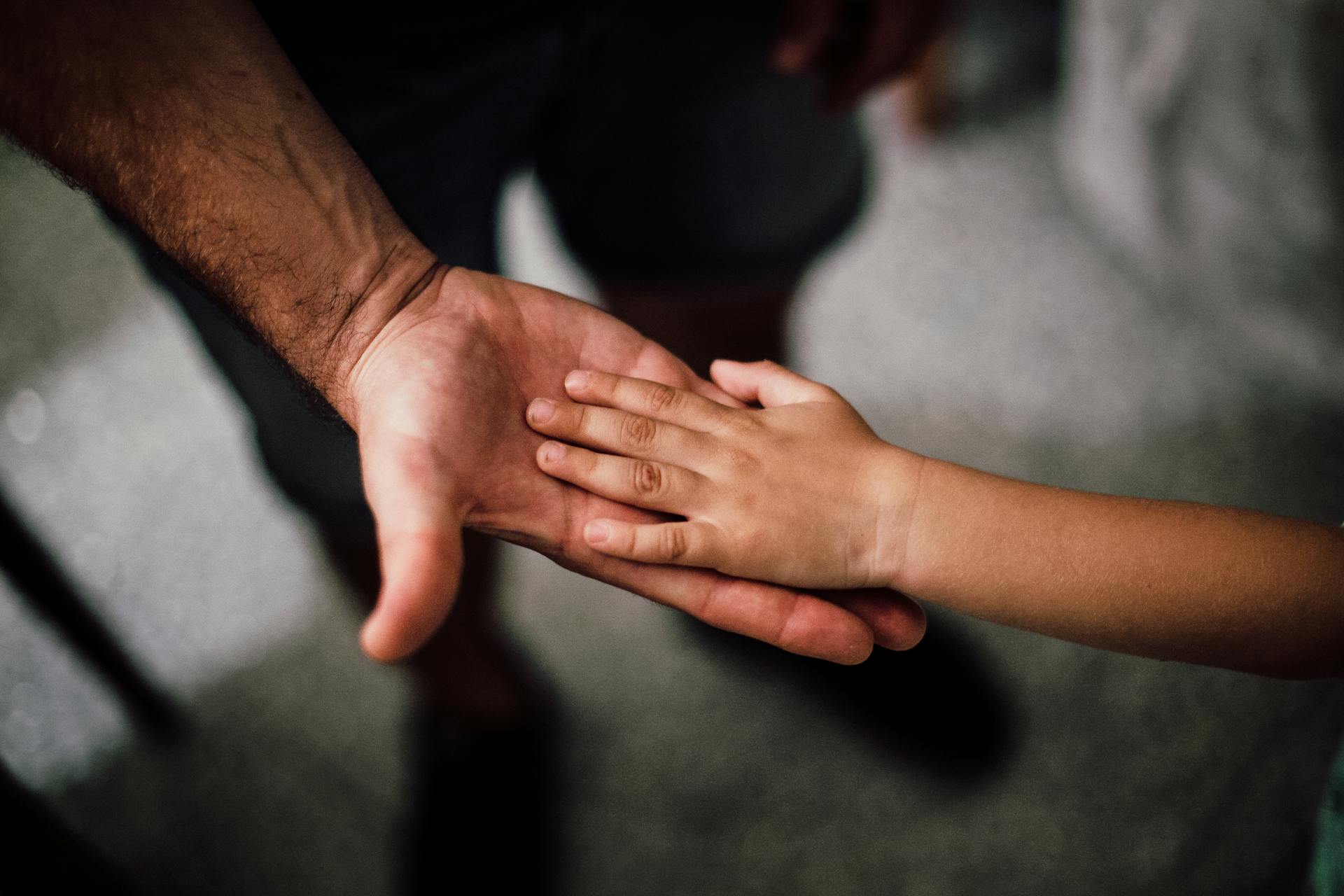
Relate the Movie to Real-Life Situations
One of the strengths of Inside Out 2 is its ability to make abstract emotions tangible. Use this to your advantage by relating scenes from the movie to real-life situations. For example:
«Remember how [character] felt when they had to make that tough decision? Have you ever felt like that?»
«The way the characters showed [specific emotion] was interesting. How do you think you handle that emotion in your own life?
This helps your teenager draw connections between the fictional world of the movie and their personal experiences, making it easier for them to express their own feelings.
If your child (and you) are struggling to express yourselves verbally, consider using art and play as alternative channels for communication that feel more authentic and natural. For instance, you can use jars and colors to label different emotions and invite them to share examples of times they’ve felt each way. You can also guide them towards more specific topics, such as, ‘Can you think of a moment today when you felt anxious at school?’ This approach allows them to explore their feelings in a creative and less pressured environment.

Normalize Emotional Complexity
One of the key themes in Inside Out 2 is that emotions are complex and often mixed. It’s crucial for teenagers to understand that it’s normal to feel conflicting emotions simultaneously, especially during their developmental years. Discuss moments in the movie where characters felt more than one emotion at a time, and share examples from your own life when you’ve experienced something similar.
For instance, you might say, «I noticed that [character] felt both happy and sad at the same time when they made that choice. I’ve felt like that before when I had to say goodbye to someone I care about. Have you ever felt like that?»

Address the “Unpopular Emotions”
Another special approach Inside Out does an excellent job at, is highlighting that all emotions have value, even the ones we tend to shy away from, like sadness, fear, or anger. Use this as an opportunity to discuss the importance of these emotions in your teen’s life. Ask questions like:
«Why do you think [emotion] was important for the characters?»
«How do you feel when you experience [specific emotion]? Do you find it hard to talk about?»
By addressing these “unpopular” emotions, you help your teenager understand that it’s okay to feel them and that they have a purpose in their emotional well-being.

Inside Out 2 is more than just an entertaining film; it’s a powerful tool for helping your teenager understand and express their emotions. By using the movie as a starting point for conversations, you can create a safe space where your teen feels comfortable discussing their feelings, leading to a deeper emotional connection between you. Remember, the goal isn’t to solve all their problems but to let them know that you’re there to support them, no matter what emotions they’re experiencing.
Talking about emotions isn’t a one-time event. You can revisit the themes in future conversations with your teen. Use it as a reference point when discussing challenges they face, reminding them of how the characters navigated their emotional journeys. This not only reinforces the lessons from the movie but also keeps the lines of communication open.
Finally, remember that your own emotional awareness sets the tone for these discussions. Share your feelings openly and model healthy emotional expression. When your teen sees you handling your emotions with maturity and empathy, they’re more likely to feel comfortable doing the same.
About the author
Noa Zelman is a licensed child development psychologist with over 10 years of experience helping families navigate the complexities of emotional development. Passionate about fostering healthy communication between parents and children, Noa believes that movies like Inside Out 2 can be a valuable tool in bridging the gap between generations and bringing us closer to positive mental health development.
Division of Psychology, Psychotherapy and Coaching
Psychologist
Children, adolescents and young adults
Languages: English, Spanish, Catalan and Hebrew

